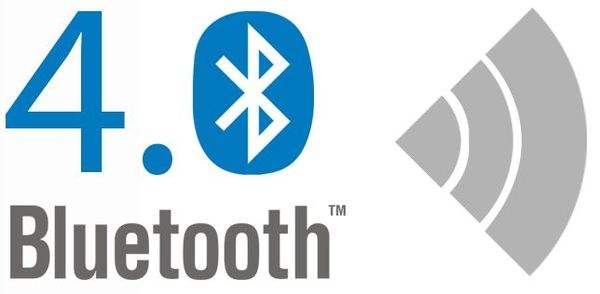
1. Brief introduction
After years of development, Bluetooth has been gradually upgraded from the initial version 1.0 to version 5.3. Among them, the version before version 4.0 is classic Bluetooth. Starting from version 4.0, Bluetooth low energy consumption, referred to as BLE, is the most significant difference from the previous Bluetooth devices, which have lower power consumption.
This article describes the features of the different versions of BLE from version 4.0 to version 5.2.
2. Bluetooth 4.0
BLE version 4.0 is an upgraded version of version 3.0, and the main feature of the 4th generation Bluetooth is low power consumption.
It can implement two modes. The first dual-mode Bluetooth, 4.0 is backward compatible to realize dual-mode Bluetooth, that is, it supports both classic Bluetooth and low-power Bluetooth. Classic Bluetooth has the characteristics of high-speed data transmission, while low-power Bluetooth has extremely low power consumption. Single-mode Bluetooth, that is, not backward compatible, single-mode mode can only be mutually transmitted with version 4.0 and cannot be backward compatible (Bluetooth version 3.0/2.1/2.0).
The power consumption of the 4.0 version is about 90% lower than that of the old version, which has great advantages in the fields with high power consumption requirements.
3. Bluetooth 4.1
The new content in version 4.1 is related to the Internet of Things and has little to do with BLE itself.
The data transmission rate is slightly increased, which is more efficient than 4.0 for functions such as uploading data from smart devices such as wristbands. At the same time, the underlying technology supports different roles, that is, as a central device to connect peripheral smart devices, as a peripheral device, to display messages from smartphones and tablets.
Other features are that it can be connected to the network through IPV6; simplify the connection between devices, and the connected devices can be automatically connected when they are close; “coexist” with 4G communication, that is, reduce mutual interference.
4. Bluetooth 4.2
In December 2014, the Bluetooth 4.2 standard was promulgated, improving data transmission speed and privacy protection.
Extend the length of the sent data packet to improve the data transmission speed; add LE security pairing to increase the degree of privacy protection.

5. Bluetooth 5.0
The first generation of Bluetooth greatly enhances IoT capabilities.
It supports 2M PHY, which has a faster transmission speed than the previous version of 1M PHY, which is twice the previous version, and can experience a significant speed improvement. At the same time, it supports LE long range, and realizes longer broadcast distance and transmission distance through 125K or 500K PHY.
With the introduction of Bluetooth mesh, mesh networks can interconnect thousands of devices.
6. Bluetooth 5.1
Compared with Bluetooth 5.0, Bluetooth 5.1 adds direction finding function and centimeter-level positioning services, namely Angle of Arrival (AoA) and Angle of Departure (AoD) (angle of arrival/departure angle). The addition of this function enables indoor positioning It will become more accurate, and it can also accurately locate the position of small objects to avoid items being lost.
7. Bluetooth 5.2
The newly added functions in the Bluetooth 5.2 version mainly include LE Isochronous Channels, Enhanced ATT (Enhanced ATT) and LE Power Control.


